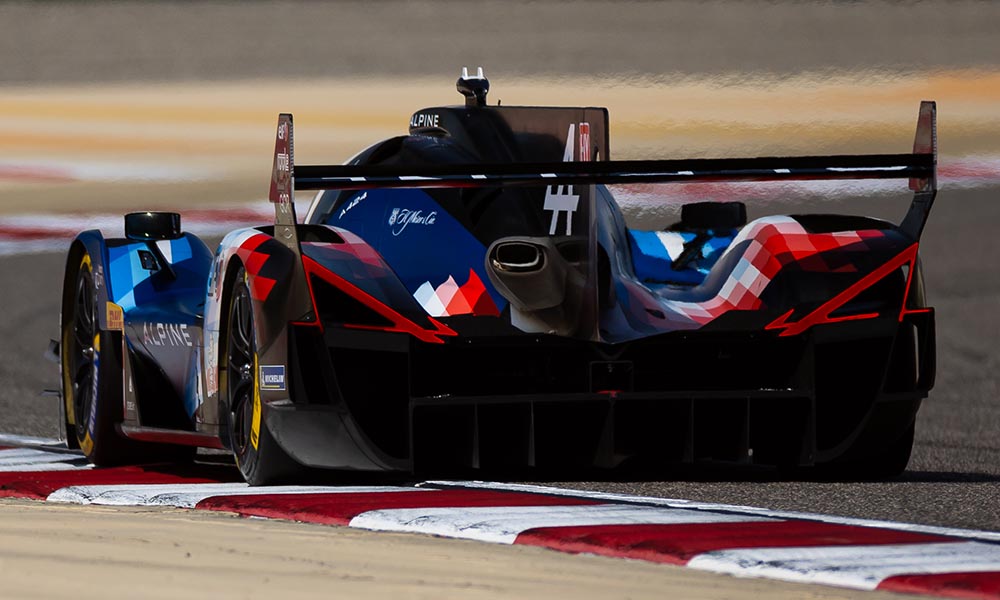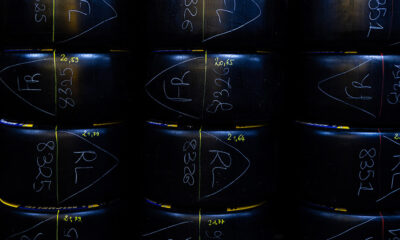
Photo: Javier Jimenez/DPPI
Alpine’s vice president of motorsports Bruno Famin says he sees no advantage in a total overhaul of the A424’s engine following a reliability-impacted first season in the FIA World Endurance Championship with its LMDh contender.
The French marque enjoyed a strong end to its first campaign in the WEC’s Hypercar class with the A424, beating BMW to fourth in the manufacturers’ standings, despite suffering problems with its single-turbo Mecachrome V6 engine.
Most notably, turbo issues forced both Alpines out of the 24 Hours of Le Mans before the six-hour mark, after which software fixes and then a new camshaft were brought to subsequent races in a bid to prevent a recurrence of the issue.
Famin told reporters at the final round of the last year’s WEC season in Bahrain that Alpine would “for sure” apply for further modifications for the start of the new season to strengthen the Mecachrome’s reliability.
These would likely involve the use of a first Evo joker for the A424, with the camshaft fix brought in time for last year’s Circuit of The Americas round not incurring one.
“We are thinking about some modifications,” said Famin. “But the main reason we are looking at [modifying] the turbo is reliability because we had some issues during the season and we want to solve those.”
Alpine’s parent brand Renault’s decision to end its long-time involvement in Formula 1 engine-building from 2026 theoretically frees up the firm’s Viry-Chatillon factory to focus on other projects, which could include the WEC.
However, Famin said that he didn’t consider the idea of creating an entirely new engine at Viry was worthwhile considering the current rules on homologation.
“We have to focus on what is really interesting to improve the performance of the car and the efficiency of the team,” he said when asked about the topic by Sportscar365.
“We need to be focused on the reliability of the car. That’s why we will make some changes on the engine side [for 2025]. After that, regarding the rest, we have, let’s say, a business model, a working model, with some stakeholders.
“This is not the major issue we have. The engine, like the car, is homologated. We are not supposed to make evolutions except to solve specific problems.
“I don’t see why we would design a new engine for that car.”
While the A424 is set to continue using the Mecachrome-built engine based on the design also used in the FIA Formula 2 and F3, Alpine’s Viry facility is working on a new liquid hydrogen internal combustion engine for the next-generation WEC rules.
This will replace the gaseous hydrogen unit that powered the Alpenglow concept car that was revealed last year at Spa, and would likely form the basis of the French brand’s future efforts should it commit to the Hydrogen class.
The new regulations remain due to come on stream in 2028, although senior figures from the FIA and ACO told Sportscar365 last year that the governing bodies were “still at the beginning” with the process to draft specific technical regulations.


























